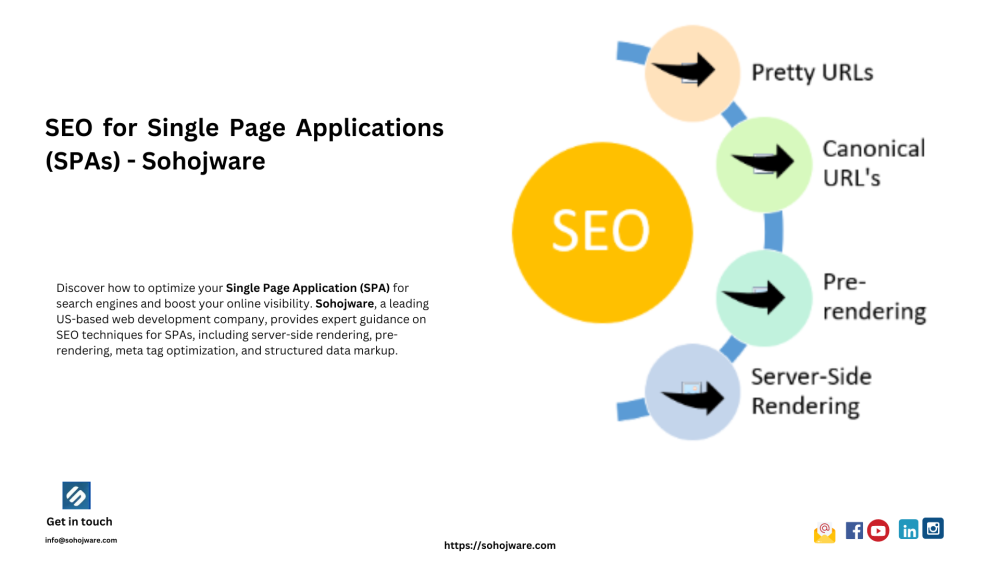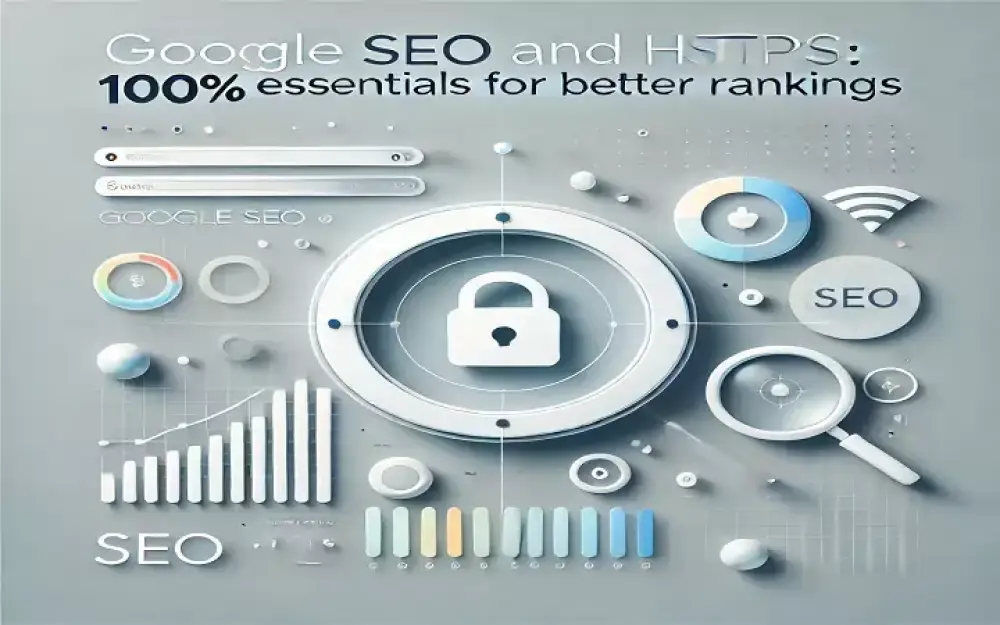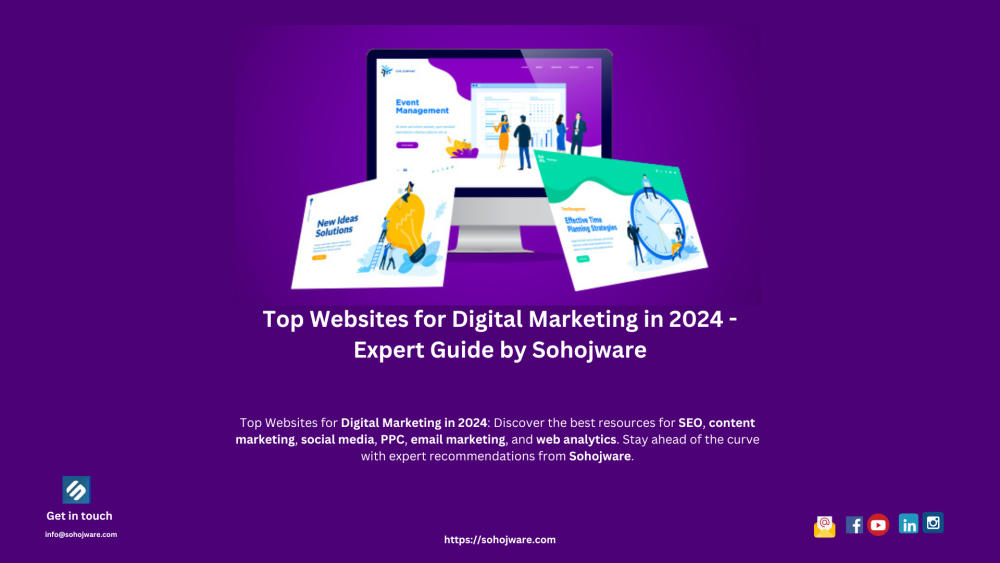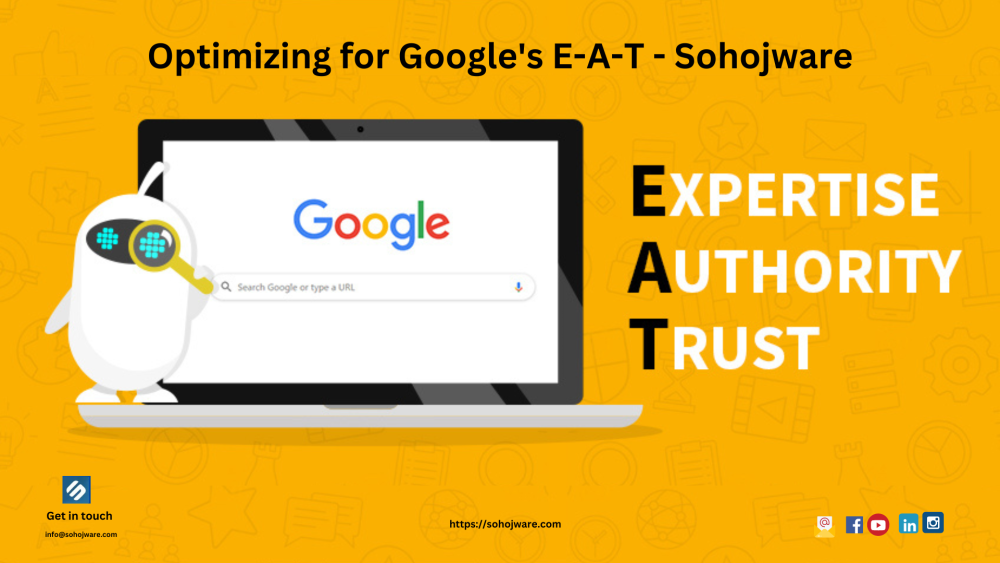The digital landscape is constantly evolving, and Single Page Applications (SPAs) have become a popular choice for creating dynamic and engaging web experiences. Unlike traditional websites that load individual pages for each section, SPAs function on a single HTML page that updates content dynamically using JavaScript.
This approach offers a seamless user experience (UX), mimicking desktop applications with faster loading times and smoother transitions. However, when it comes to SEO (Search Engine Optimization), SPAs present unique challenges.
At Sohojware, a leading web development company in the US, we understand the importance of strong SEO for any website. This article will explore the intricacies of SPA SEO, equipping you with the knowledge to optimize your single-page application for search engines and boost your online visibility.
The Allure of SPAs: A User-Centric Approach
Single Page Applications prioritize user experience by offering a fast and fluid interaction. Imagine browsing a website without the frustration of waiting for new pages to load. SPAs achieve this by fetching content dynamically through JavaScript, allowing users to navigate seamlessly between different sections of the application. This not only enhances user engagement but can also lead to a higher conversion rate.
Here are some key benefits of SPAs:
-
Improved User Experience: Faster loading times and smooth transitions create a more enjoyable experience for users.
-
Enhanced Engagement: Dynamic content keeps users engaged and encourages them to explore different sections of the application.
-
Scalability: SPAs can easily accommodate new features and content without requiring major website restructuring.
-
Reduced Server Load: By fetching content dynamically, SPAs minimize server load, improving overall performance.
However, while SPAs excel in user experience, their reliance on JavaScript can create hurdles for search engines in understanding and indexing your content. This is where SEO for SPAs comes into play.
SEO for SPAs: Addressing the Challenges
Search engines like Google primarily rely on the content they can crawl and index to rank websites in search results. Traditionally, content is readily available in the HTML of a webpage. However, SPAs often render content dynamically using JavaScript, making it invisible to search engines during the initial crawl.
Here are some of the main challenges associated with SPA SEO:
-
Crawlability: Search engine crawlers might see an empty page with minimal content if they are unable to execute the JavaScript that populates the SPA.
-
Indexability: Even if the crawler renders the content, search engines might struggle to understand and index the dynamic content effectively.
-
Meta Tags and Titles: Traditional websites use meta tags and titles to provide context to search engines. In SPAs, these elements might not be readily available during the initial crawl.
-
Content Accessibility: Search engines prioritize text-based content for indexing. SPAs that heavily rely on visuals or interactive elements might face some limitations.
Optimizing Your SPA for Search Engine Success
Despite the challenges, optimizing your SPA for SEO is entirely achievable. Sohojware, a US-based web development company with a proven track record in SEO, can help you navigate this process. Here are some essential steps to consider:
-
Server-Side Rendering (SSR): Consider implementing SSR to pre-render your SPA content on the server-side. This provides search engines with a static HTML snapshot of your content, improving crawlability and indexability.
-
Client-Side Rendering (CSR) with Pre-rendering: If using CSR, explore techniques like pre-rendering the initial content to ensure search engines can access some content during the first crawl.
-
Strategic Use of JavaScript: While JavaScript is essential for SPAs, minimize its impact on initial page load. Consider techniques like code splitting to load non-critical JavaScript asynchronously.
-
Optimize Meta Tags and Titles: Ensure your SPA dynamically injects relevant meta tags and titles for each view of your application. This provides context for search engines and improves search result snippets.
-
Structured Data Markup: Implement structured data markup to provide search engines with additional context about your content. This can enhance the richness of your search results and improve click-through rates.
-
Mobile-Friendliness: Prioritize mobile-friendliness, as Google prioritizes mobile-optimized websites in search rankings. Ensure your SPA renders seamlessly on all devices.
-
High-Quality Content: At the core of any successful SEO strategy lies high-quality content. Create informative and engaging content that resonates with your target audience.
-
Technical SEO: Address technical SEO aspects like sitemap submission, robots.txt optimization, and internal linking structure to ensure smooth crawling and indexing by search engines.
By implementing these strategies, you can bridge the gap between a dynamic user experience and strong SEO for your SPA.
FAQ's
1. Can Sohojware help me optimize my existing SPA for SEO?
Absolutely! Sohojware is a leading web development company specializing in SEO for SPAs. Our experts can assess your current SPA setup, identify areas for improvement, and implement effective optimization strategies to boost your search engine rankings.
2. Is server-side rendering (SSR) always necessary for SPA SEO?
While SSR is generally beneficial for improving crawlability and indexability, it might not be feasible for all SPAs. Sohojware can evaluate your specific requirements and recommend the most suitable approach based on factors like complexity, performance, and budget.
3. How can I ensure my SPA content is accessible to search engines?
Sohojware can help you implement techniques like pre-rendering, dynamic meta tag updates, and structured data markup to make your SPA content more accessible to search engines. We'll also provide guidance on optimizing your content for readability and relevance.
4. What is the role of structured data in SPA SEO?
Structured data provides search engines with additional context about your content, helping them understand its structure and relevance. Sohojware can assist you in implementing appropriate structured data markup for your SPA, enhancing its visibility in search results.
5. How often should I monitor my SPA's SEO performance?
Regular monitoring is crucial for identifying any SEO issues and making necessary adjustments. Sohojware offers ongoing SEO monitoring and reporting services to track your website's performance and ensure it stays ahead of the competition.
Conclusion
SEO for SPAs might present unique challenges, but with the right strategies and expertise, it's entirely achievable. Sohojware, a US-based web development company, can provide the guidance and support you need to optimize your SPA for search engines and drive organic traffic to your website. By prioritizing SEO from the outset, you can ensure your SPA not only delivers an exceptional user experience but also achieves top search engine rankings.




